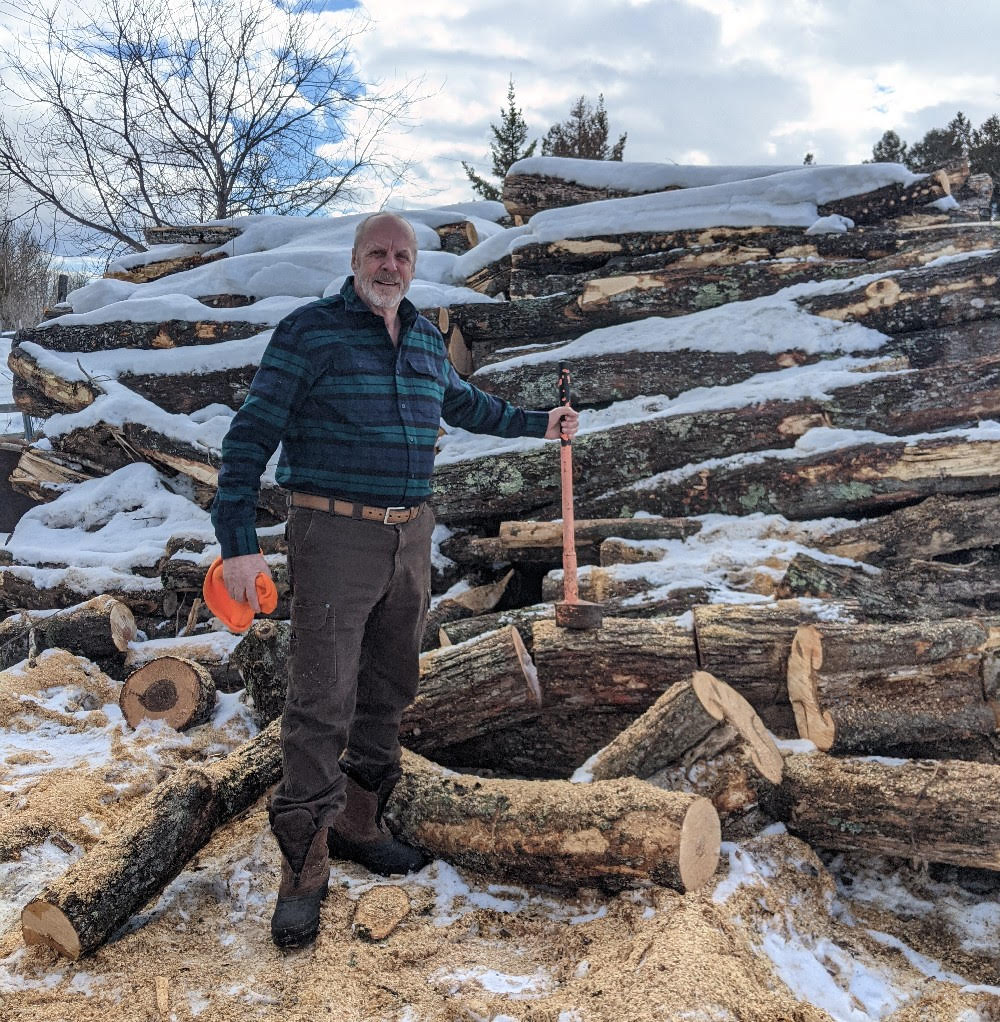ONAWAY, Mich. (Michigan Back Roads) – Fishermen, conservationists, and wildlife enthusiasts gather near Onaway in northeastern Michigan every winter to participate in a unique festival called The Sturgeon Shivaree.
In case you didn’t know, a Shivaree is basically a noisy celebration and it does get noisy out on Black Lake. They gather on the ice to spear fish for sturgeon in a tightly controlled event that may last less than an hour. Sometimes the limit for the entire event is 7 fish. It is part of the payoff for another year of hard physical labor in pursuit of building up the population of endangered sturgeon in this closed water system.
MORE NEWS: Ann Arbor to Spend $250k on ‘Resiliency Hub’ in Case of Disasters
The festival is just one event produced by Sturgeon For Tomorrow, an organization that is not only dedicated to the restoration of sturgeon populations, but is also successful at it. In this river system alone, they have doubled the population of reproducing sturgeon in just a few years.
Sturgeon have had a rough time of it. The once plentiful species has become so rare that many people had never seen one. They have been described as living dinosaurs or prehistoric survivors. It is estimated that they have been around for more than 130 million years. They grow to enormous size and can live for a century.
These giant fish had been harvested almost to extinction. First, they were killed as a nuisance because they would get caught in such numbers that they damaged commercial fishing gear on the Great Lakes. In the 1860’s they were killed or dumped back in the lake. In other cases, they were fed to pigs, used as fertilizer, and even stacked to be used as fuel for steamboats. Later their meat and eggs became valuable, and those same commercial fishermen targeted the Sturgeon.
In the 1890’s the annual haul from the Great Lakes exceeded 4 million pounds per year. These huge harvests combined with the damage to spawning streams from agriculture and lumbering led to a catastrophic decline in the sturgeon population. Today, 19 of the 20 states within its original range list the sturgeon as protected or endangered.
While the protected status has helped, sturgeon are still rare, but there is a way for anyone to not only see huge sturgeon in the water, you can also interact with them. That opportunity has become available to everyone thanks to the vision and dedication of one woman, Brenda Archambo, President of Sturgeon for Tomorrow.
In northeast Michigan lies Cheboygan County. In the forest there is Black Lake and the Black River, where sturgeon have not only survived, they are thriving, their numbers increasing year by year. Every spring in April and May, those sturgeon move from the lake, up the river to spawn in the waters where they were born, just as they have for thousands of years. During those weeks, the sturgeon are at risk to poachers who covet their eggs as caviar. Individuals and groups can volunteer to keep watch in cooperation with Sturgeon for Tomorrow and the DNR. In the process, people can get up close and personal with these freshwater giants.
MORE NEWS: Nessel Turns Up Heat on “Twin Flames” Universe
Sturgeon for Tomorrow coordinates the whole thing. Hosts are camped on the high bluffs above the Black River. Some hosts are there for as long as six weeks. Groups like the Boy Scouts arrive to help on some weekends. Individual volunteers camp in remote spots along the spawning run to ensure that poachers are thwarted. Then there are those amazing students from MSU who work every day to catalog and tag as many sturgeon as possible. In one stretch of the river are 5 or 6 holes where the sturgeon congregate. Divers go in and capture the sturgeon in hand nets. They bring the fish to the bank of the river where students wait to weigh, measure and tag each one.
These students are tough. They sit there in the weeds and the mud and the mosquitos and the ticks, working in cold water, 40 to 60 degrees cold. They do this every day for 6 to 7 weeks, as long as the spawn continues. On one morning, we watched the divers bring up more than 30 sturgeon from the first hole alone. It took more than 2 hours and there were 5 more holes to go. They work nonstop, calling out the measurements back and forth to ensure accuracy. As soon as they finish with one, there is another handed up for processing, on and on it goes. Then again, there are days where the sturgeon just don’t show up.
Nonetheless, the conservation guys and the students are there searching and tracking in that chilly water. The sturgeon don’t just lay there waiting for the net. They are elusive and will fight with great strength to escape once captured. A six-foot sturgeon can weigh in at sixty pounds, most of it muscle from swimming against swift currents for fifty years. Protecting the sturgeon to the point where they can begin to grow in numbers is a major undertaking. For one thing, sturgeon don’t begin to spawn until the age of 20. Then there is the troublesome eight-day gestation period on fertilized eggs.
The Sturgeon for Tomorrow program has produced so much data that other nations draw on it for knowledge. For more information visit here.
